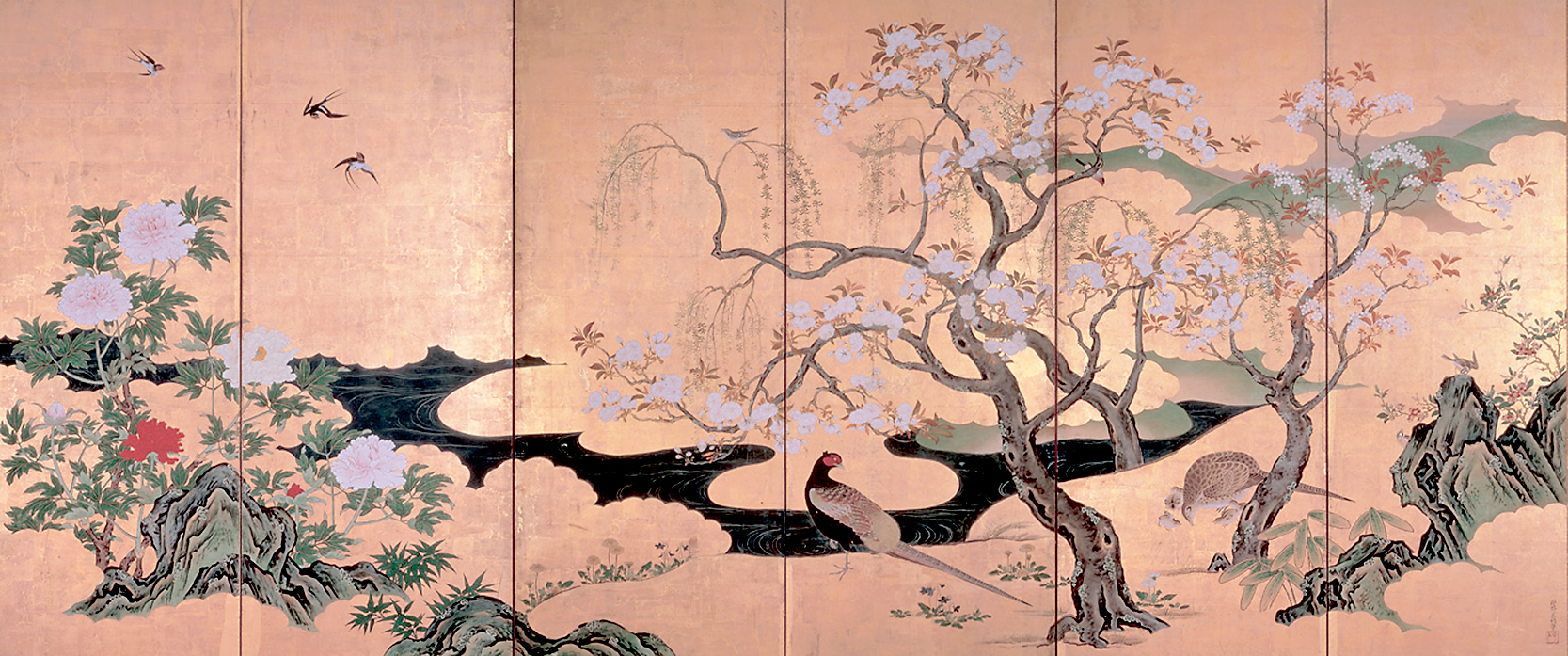Normally, The Japan Times likes to cover exhibitions in the earlier part of their run, rather than 10 days before they close; but, in this case, our tardiness may be strangely appropriate, because the essence of the show at the Suntory Museum of Art is the appreciation of things in the shadow of their future absence.
The "Mono no aware and Japanese Beauty" exhibition brings together a range of works, including paintings, ceramics and lacquerware, that seek to explore one of the more complex and interesting aesthetic ideas in Japanese culture.
Pregnant with nuance and connotation, the term "mono no aware" inevitably loses something in translation, but the direct meaning — "the sadness or pathos of things" — is a starting point. This refers to the heavily Buddhist culture of the Heian Period (794-1185), when the term first arose, and implies the transience of carnal and material life.



